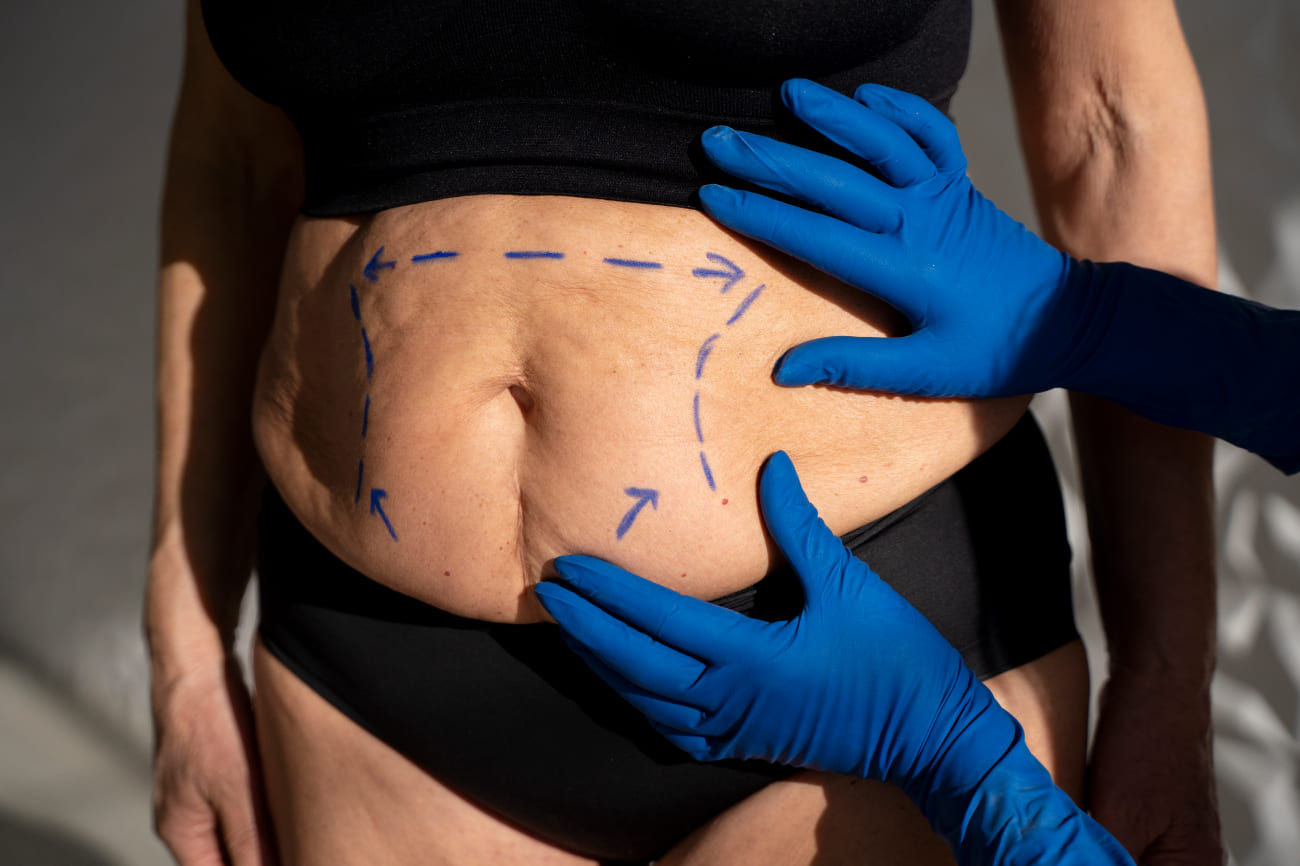Must-Know Risks and Side Effects Of Coolsculpting

Coolsculpting has emerged as a popular noninvasive procedure for eliminating stubborn fat cells without surgery. Marketed as a safer alternative to liposuction, this fat-freezing technique promises noticeable results with minimal downtime. In this blog, we will explain the pros and cons of Coolsculpting to help you make an informed decision.
-
What is Coolsculpting?
Coolsculpting, or cryolipolysis, is a cosmetic procedure that involves cooling subcutaneous fat to levels that reduce fat cells. Developed from the observation that children who ate popsicles developed dimples in their cheeks, indicating fat loss due to freezing, it has since become a widely sought-after method for body contouring.
-
Risk of Coolsculpting
There are possible risk factors attached to Coolsculpting. These include:
-
Paradoxical Adipose Hyperplasia (PAH)
One of the lesser-known risks of Coolsculpting is Paradoxical Adipose Hyperplasia (PAH), where treated fat cells enlarge rather than shrink. While PAH is rare, occurring in less than 1% of cases, it leads to a noticeable bulge in the treated area.
-
Nerve Damage
Coolsculpting involves prolonged exposure to cold temperatures, which can damage nerves in the treated areas. This damage typically manifests as temporary numbness, tingling, or even pain.
-
Uneven Skin Contour
Achieving a smooth and even skin contour post Coolsculpting is not always guaranteed. In some cases, patients may experience an uneven texture or lumpiness in the treatment area, which can be aesthetically displeasing.
-
-
Who Should Avoid Coolsculpting?
Certain individuals should refrain from Coolsculpting due to underlying health conditions or concerns. These include:
-
Pregnant or Breastfeeding Women
Coolsculpting is not recommended for pregnant or breastfeeding women due to the lack of research on its effects during these stages. The hormonal changes and body fluctuations associated with pregnancy and lactation make it difficult to assess the treatment's impact accurately.
-
People with Loose Skin or Poor Tone
Coolsculpting is not a treatment for excess skin or skin laxity. Individuals with loose skin may not achieve the desired results and should explore alternative treatments better suited to their needs.
-
Individuals with Hernias
The suction and pressure applied during Coolsculpting can aggravate existing hernias or contribute to their development. Patients should disclose any history of hernias to their practitioner before undergoing the procedure.
-
-
Side Effects of Coolsculpting
Coolsculpting, while generally safe, is associated with several side effects that potential patients should consider:
-
Temporary Redness and Swelling
Treated areas often become red and swollen immediately after the procedure, and a side effect usually resolves within hours to days. This reaction is typically mild in the body's natural response to the cooling process.
-
Tingling and Stinging Sensations
Tingling, stinging, or aching sensations are common during and after Coolsculpting as the area rewarms. These feelings generally subside quickly, but patients should be prepared for temporary discomfort.
-
Skin Firmness and Lumps
Some patients report experiencing firmness or lumps in the treated area as the fat breaks down. These sensations are usually temporary and diminish within a few weeks as the body metabolizes the fat cells.
-
Coolsculpting offers a promising solution for individuals seeking noninvasive fat reduction. However, understanding the risks, side effects, and suitability for personal circumstances is vital in making an informed decision. Expected patients can better determine if Coolsculpting is the right choice by carefully evaluating these factors and consulting a qualified medical professional.
